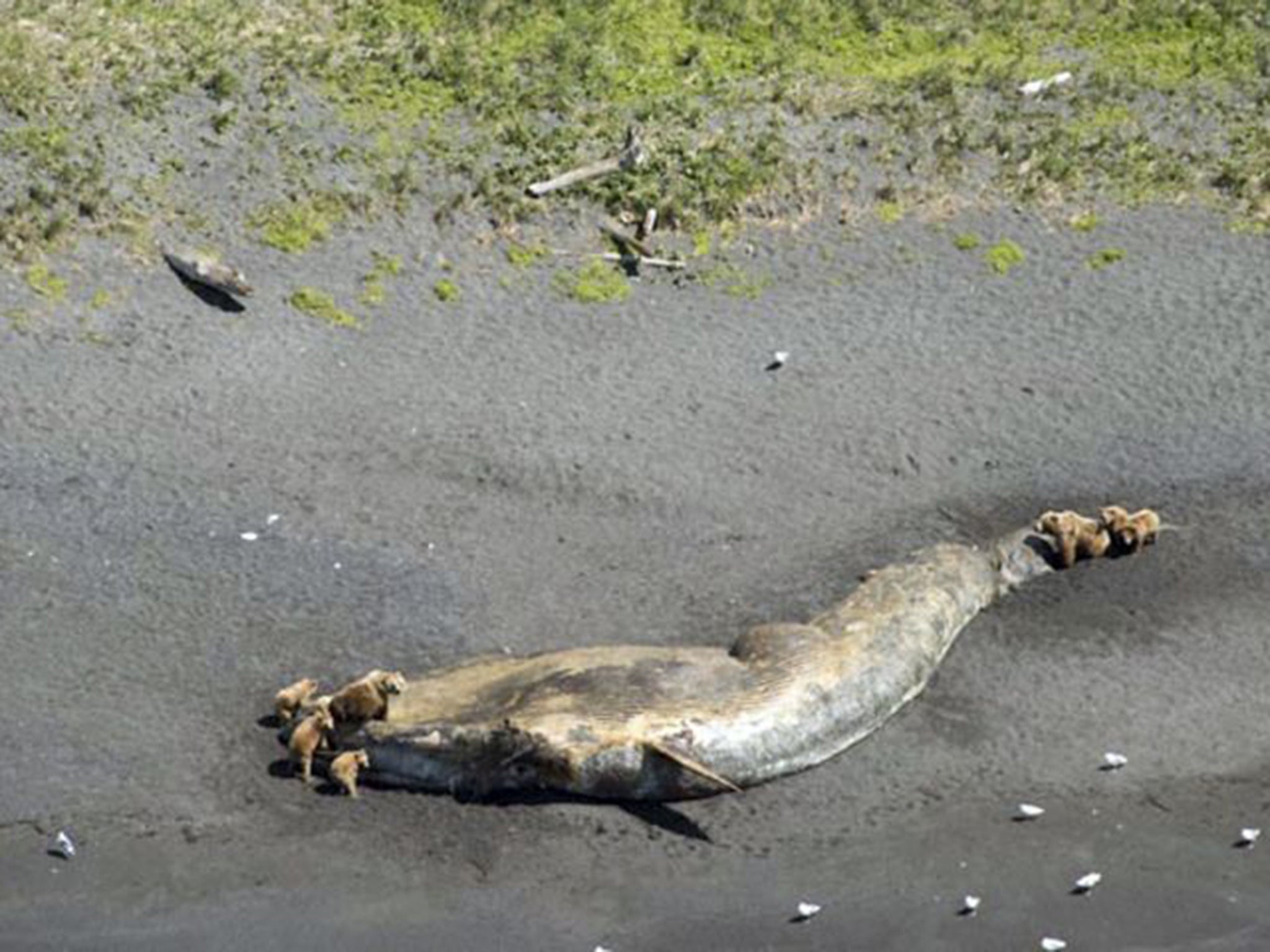Inquiry as 30 dead whales wash up on Alaskan shores in less than four months
Since May, a reported 14 humpback whales, 11 fin whales, one grey whale and four further unidentified whale carcasses have been found along the coastline

Your support helps us to tell the story
From reproductive rights to climate change to Big Tech, The Independent is on the ground when the story is developing. Whether it's investigating the financials of Elon Musk's pro-Trump PAC or producing our latest documentary, 'The A Word', which shines a light on the American women fighting for reproductive rights, we know how important it is to parse out the facts from the messaging.
At such a critical moment in US history, we need reporters on the ground. Your donation allows us to keep sending journalists to speak to both sides of the story.
The Independent is trusted by Americans across the entire political spectrum. And unlike many other quality news outlets, we choose not to lock Americans out of our reporting and analysis with paywalls. We believe quality journalism should be available to everyone, paid for by those who can afford it.
Your support makes all the difference.US officials are to investigate why more than 30 large whales have washed up on Alaskan shores in less than four months, almost three times the annual historical average.
Since May, a reported 14 humpback whales, 11 fin whales, one grey whale and four further unidentified whale carcasses have been found along the coastline of the northernmost US state. The US National Oceanic and Atmospheric Administration (NOAA) has declared the deaths an “unusual mortality event” (UME).
In a statement, Dr Teri Rowles, who coordinates the NOAA’s response to such strandings, said agency scientists were “very concerned”. Officials in the neighbouring Canadian province of British Columbia have also reported an unusually high number of whale deaths this year.
Declaring a UME allows the agency to open a formal investigation. Scientists said one possible cause of the widespread fatalities could be a large algae bloom spanning most of North America’s western coastline. “Our investigations will give us important information on the health of whales and the ecosystems where they live,” Dr Rowles said.
So far, scientists have been able to test just one of the cetacean carcasses, most of which were irretrievable. Bears have been spotted feeding on some of the dead whales. The NOAA said its investigation may take many months.
Join our commenting forum
Join thought-provoking conversations, follow other Independent readers and see their replies
Comments